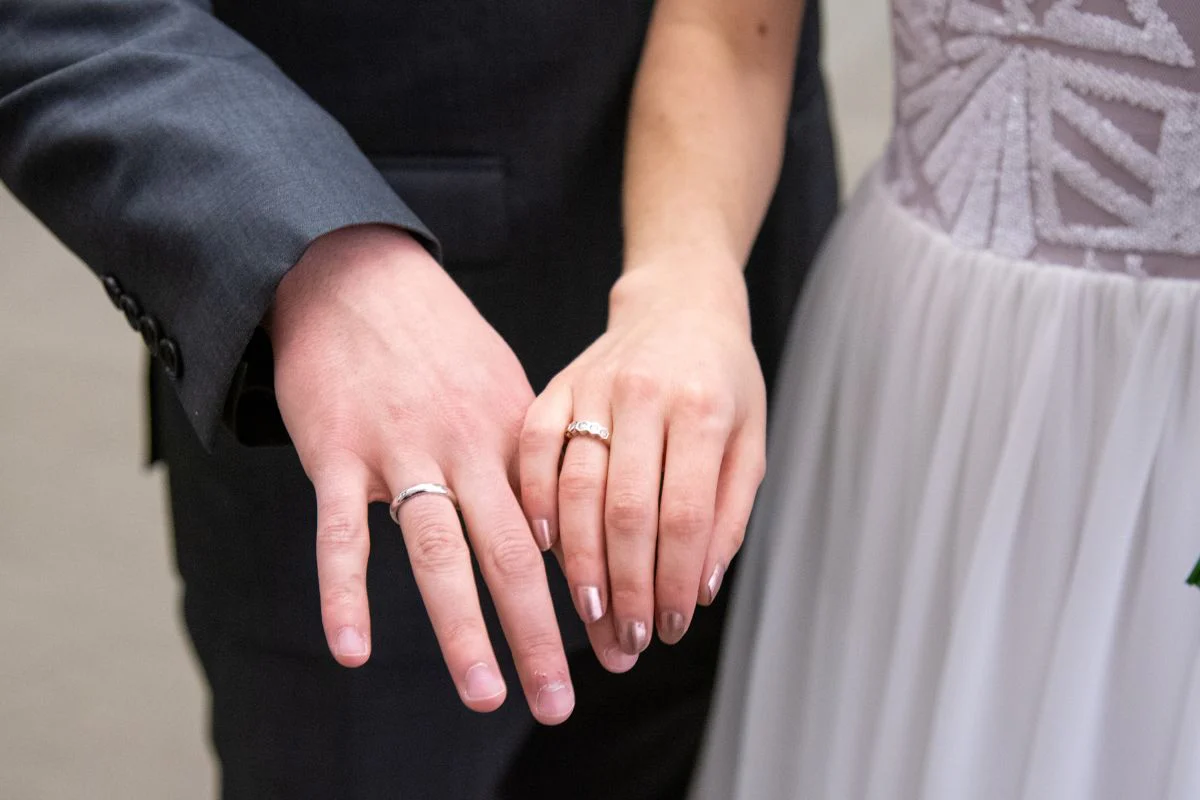The Psychology Behind Engagement Ring Preferences
When it comes to expressing commitment and love, few symbols are as potent and meaningful as an engagement ring. An engagement ring not only signifies a promise of a future together but also reflects the unique personalities and preferences of the individuals involved. Understanding the psychology behind engagement ring preferences offers insights into how and why these choices are made, often revealing deeper meanings and cultural influences.
The decision to choose an engagement ring is imbued with emotional and psychological significance. For many, the process begins with the selection of a ring that not only fits within their budget and aesthetic preferences but also resonates with the values they hold dear. Engagement ring selection is often the culmination of romantic ideals, personal style, and social influences.
Psychologically, engagement rings can serve several functions. They act as tangible symbols of commitment and fidelity, reassuring both partners of their mutual dedication. The choice of a ring’s design, whether it’s a classic solitaire diamond or a vintage-inspired setting, can reflect the wearer’s personality traits and preferences. For instance, someone drawn to a simple, elegant band might prioritize understated elegance and timeless style, while others may opt for intricate designs that symbolize their appreciation for artistry and detail.
Cultural norms and societal expectations also play a pivotal role in shaping engagement ring preferences. In Western cultures, the tradition of proposing with a diamond engagement ring, popularized by De Beers’ marketing campaigns in the early 20th century, has become deeply ingrained. The size and quality of the diamond often correlate with notions of status and financial success, influencing how individuals perceive and choose engagement rings.
Moreover, psychological studies suggest that engagement ring preferences can be linked to broader personality traits. Individuals who favor bold, avant-garde designs may exhibit traits of creativity and non-conformity, whereas those drawn to classic, traditional styles might value stability and heritage. These preferences not only reflect personal tastes but also serve as markers of identity and self-expression.
Beyond individual preferences, the act of exchanging engagement rings is a ritual that reinforces social bonds and familial approval. The significance of presenting a ring to signify commitment transcends its material value, encompassing shared dreams, aspirations, and the promise of a future together. In this way, engagement rings encapsulate a myriad of emotional and psychological meanings that go beyond their physical appearance.
Psychologists also highlight the role of symbolism in engagement ring preferences. A ring’s circular shape symbolizes eternity and endless love, while gemstones and precious metals convey sentiments of rarity and enduring value. These symbolic elements resonate deeply with couples as they embark on their journey towards marriage, reinforcing their emotional connection and shared values.
In conclusion, the psychology behind engagement ring preferences reveals a complex interplay of personal, cultural, and symbolic factors. From the initial selection process to the deeper meanings associated with each design choice, engagement rings serve as powerful symbols of love, commitment, and identity. By understanding these psychological dynamics, we gain deeper insights into the profound significance of engagement rings in the human experience.





